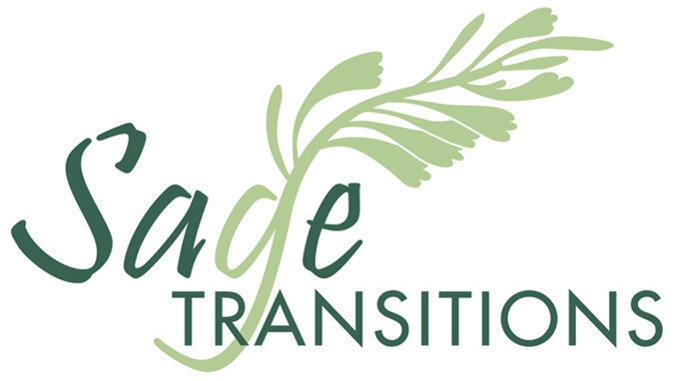Panic Buying was Rare but Amplified by Social Media in March 2020
Photo by Hello I'm Nik 🎞 on Unsplash
THIS ARTICLE WAS ORIGINALLY WRITTEN FOR AND PUBLISHED BY IRISH TECH NEWS.
How prevalent was panic buying in March 2020?
Bad news travels extraordinarily quickly online. One of the hottest discussion topics has been how consumer behaviour has changed in response to the international coronavirus pandemic. The discussion often revolves around ‘panic buying’. Most people have seen the widely shared videos an images of people fighting over household goods, queuing outside of supermarkets or barren supermarket shelves.
But has the coronavirus pandemic really created an epidemic of panic buying? Has everyone lost the plot? The data would suggest only a very small minority of shoppers have bought excessive quantities. Research from March 2020 of 100,000 shoppers by consumer spending monitor Kantar indicates only about 3 – 6% of shoppers have been taking home excessive quantities.
Many shoppers may have been buying a few extra items, which is both rational and consistent with the advice of public health authorities to have at least weeks’ supply of food stored in your house.
When many shoppers take the rational and advisable step to have a bit of extra food on hand, this creates a dramatic shift in the overall purchasing trends. Supermarkets use just-in-time ordering, which means minor changes in individual behaviour can quickly leave shelves bare (but in many cases, restocked again the next day).
Extreme behaviour gets the most attention on social media
Social media tends to amplify and reward the most extreme behaviours. Negative and positive comments have similar effects when it comes to spreading a message, so even in situations where over 90% of people are behaving rationally, the irrational and extreme behaviour gets the most attention.
Social media is international too, it quickly spreads across borders so the most strange or extreme behaviour can quickly get noticed by people locally and all around the world. A few extreme stories caught the attention of social and traditional media like Australian shoppers fighting over toilet paper, or a couple in western Canada who bought out a supermarket’s entire inventory of meat.
When the extreme behaviour of a few outliers gets repeated, shared and amplified enough it creates the impression that it is typical instead of abnormal behaviour.
Social contagion
Generally, people’s behaviour has been sensible and consistent with the expert advice from public health offices. Most of the consumer behaviour in supermarket purchasing is not panic. Some shelves in supermarkets are empty because people are changing the behaviour to adapt to the current circumstances, but supermarkets are stocked based on demand estimates from previous weeks and years. Supermarket bosses have repeatedly said there is plenty of food, they are just struggling to get it onto shelves at the accelerated pace.
Of course, for supermarket shoppers, the only part of the supply chain that is visible is what is on supermarket shelves, so empty shelves can be a cause for concern. That combined with the widely shared images of some excessive buying can make it seem like everyone has lost the plot. However, only a few rare and extreme cases show the irrational and selfish cases of real panic buying.
Further, much of the scientific research suggests that in crisis situations people are far more likely to under-react and to help others in crises than to panic.
Looking at the consumer purchasing data we can see that overall sales also seem quite rational given the shift in people’s overall behaviour in response to social distancing measures. Only 60% of food was purchased at supermarkets last year. That data shows a 20% rise in supermarket sales in March which is a logical shift in consumer behaviour not “panic” buying. People are buying more food to eat or prepare at home instead of going to restaurants, bars and company cafeterias.
A quick and immediate shift in consumer behaviour combined with just-in-time supply chains means that supermarkets have the capacity to adapt to a sudden change in people’s behaviour, but short term supply issues and temporarily empty shelves do have the potential to increase people’s anxiety.
However, the behaviour does have the potential to swing from minor, temporary stocking issues to spiralling out of control. Much in the same way historical runs on the banks can run out of control once they reach a critical mass, any panic about shortages can become a self-fulfilling policy. Governments, policymakers and supermarkets would be wise to consider consumer behaviour on a large scale, and work to address and alleviate people’s very rational concerns.
There’s also a paradox in telling people: Don’t Panic. Psychologists call it the Ironic Process Theory. Telling people not to think about something often has the reverse effect. Don’t think about a pink elephant. You just lost the game. Tabloid headline writers would be wise to consider this before writing giant headlines like “STOP PANIC BUYING” in giant red letters.
Don’t Panic
It’s challenging to see when we’re in the middle of a crisis, and we see images and stories of what appears to be everyone else going crazy. That can be amplified by the natural anxiety that tends to be heightened for everyone during a crisis. It makes everyone more perceptive of inappropriate, transgressive or antisocial behaviour.
On reflection, we can see that in this case of consumer behaviour, the majority of people (97%) are responding rationally, if differently than would be typical. It’s a very small proportion of people who do react irrationally and irresponsibly. However, social media is designed to amplify and spread those most extreme behaviours. It’s difficult to avoid, but understanding the process behind it can help everyone else to act rationally and prevent reasonable anxiety caused by a crisis from turning into irrational panic.

